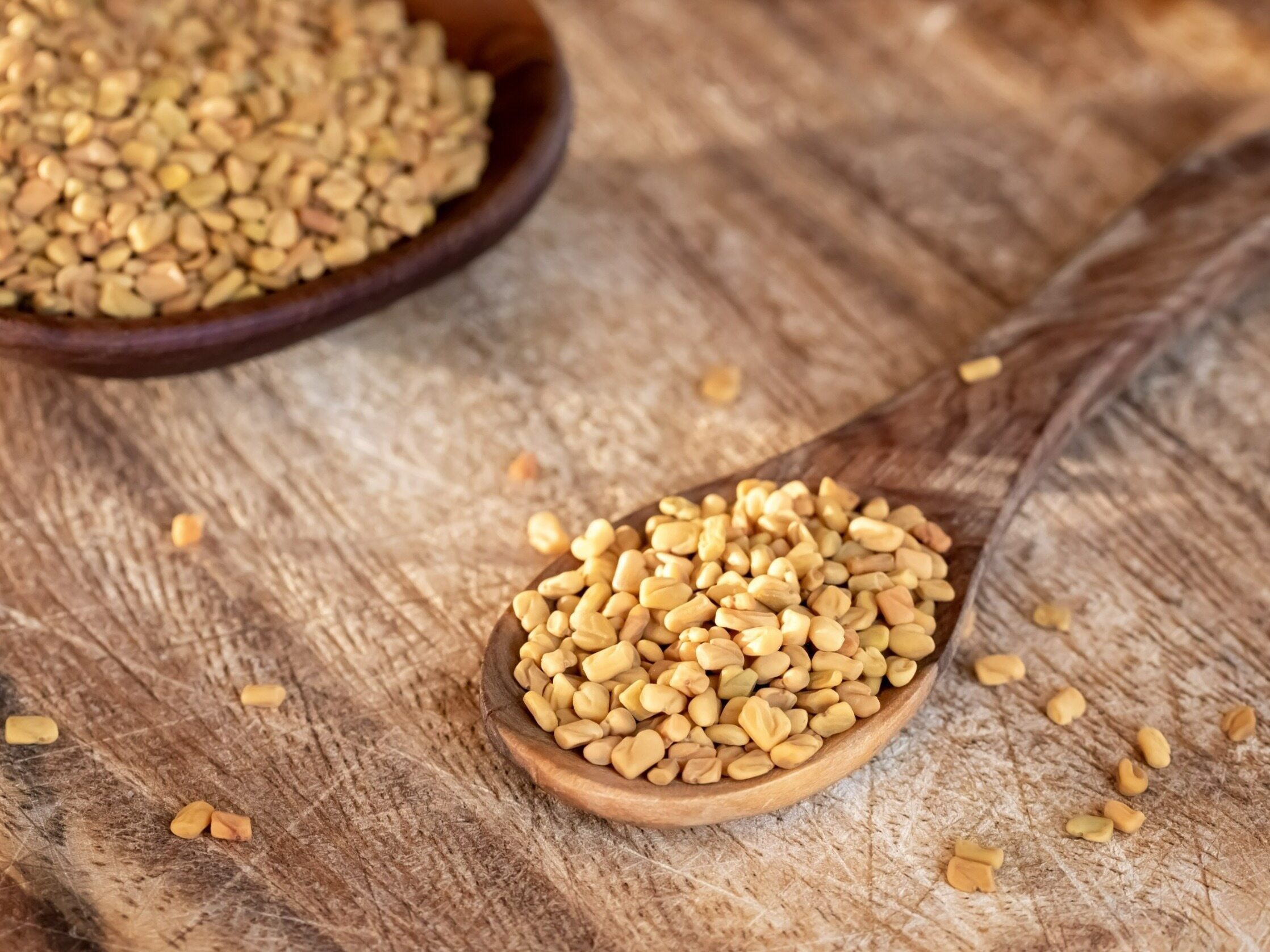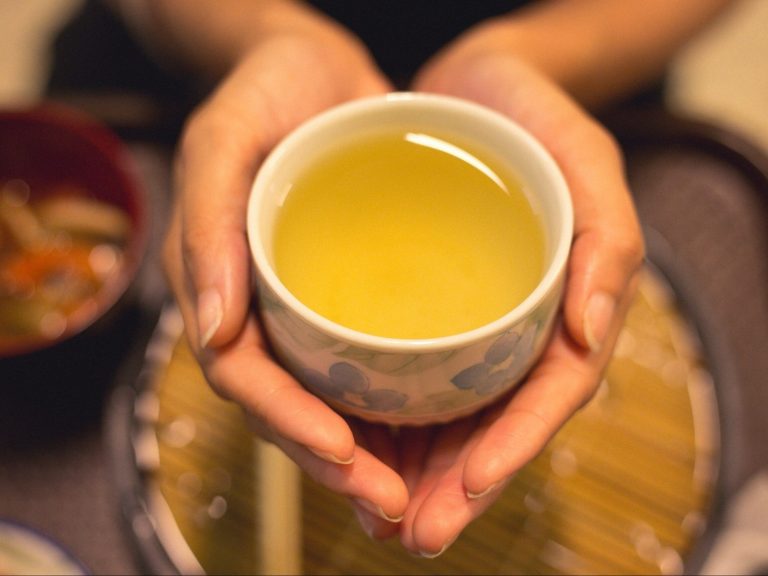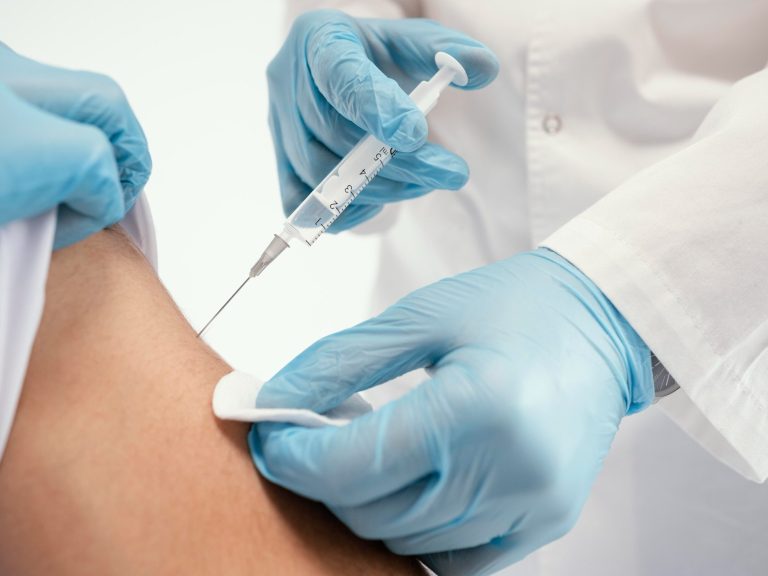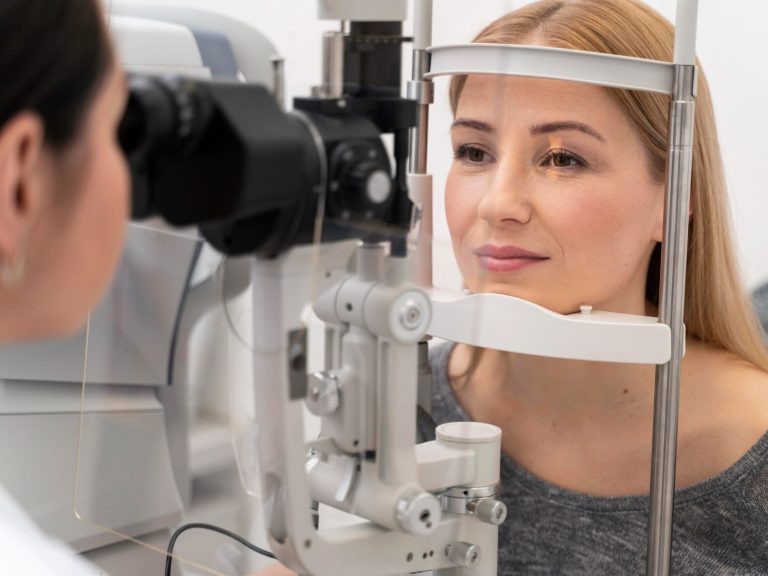Fenugreek – medicinal properties, uses and contraindications. What does it help?

Common fenugreek (Trigonella foenum-graecum L., fenugreek) is an annual plant from the legume family. Fenugreek is grown almost all over the world. It also occurs as a feral species. It is a herbaceous plant famous for its numerous medicinal properties. see how common fenugreek affects the body and what are the indications and contraindications for its use.
- What does fenugreek look like?
- Fenugreek has a rich composition and valuable medicinal properties
- Fenugreek – what does it help with?
- Uses of fenugreek
- Fenugreek – where to buy?
- Contraindications to the use of fenugreek
- Summary of information about fenugreek
Other common names for fenugreek include: Greek hay and God’s grass. Common fenugreek (Trigonella foenum-graecum L.) produces brown pods with seeds inside. Fenugreek seeds (Semen Foenugraeci, Semen Trigonellae) are a herbal raw material that has numerous medicinal properties. The tradition of using fenugreek seeds for medicinal purposes dates back to ancient times. Fenugreek herb is valued, among others, due to the high content of mucous compounds, steroid saponins, flavonoids and plant sterols. Moreover, fenugreek seeds are a valuable source of vitamins. Fenugreek has a positive effect on the human body – whole and powdered fenugreek seeds have, among others: anti-inflammatory properties and antioxidant properties. Find out more about the properties of common fenugreek.
Common fenugreek is a plant that occurs naturally, among others: in Asia and Eastern Europe. Fenugreek is widely used in cooking, herbal medicine and cosmetics. This inconspicuous-looking plant holds unique power.
What does fenugreek look like?
Common fenugreek is a melliferous annual plant that produces a strong tap root. It has an erect and sparsely branched stem, which is slightly hairy at the top. The three-leafed and obovate leaves of common fenugreek are green on top. However, the underside of common fenugreek leaves is blue-green. During the flowering period, common fenugreek produces flowers on short stalks in the leaf axils, which are yellow in color and emit a nauseating smell.
Fenugreek is a plant from the legume family that produces fruit in the form of pods. The brown pods contain a dozen or so seeds. Fenugreek seeds are beige in color and have a rhomboid or prismatic shape. We recognize them by the characteristic furrow that divides the seeds into unequal parts.
In Poland, common fenugreek grows to about 50-60 cm. It is often sown around bee apiaries. The location for growing fenugreek should be sunny, protected from the wind and fertile.
Fenugreek has a rich composition and valuable medicinal properties
The herbal raw material consists mainly of whole and powdered fenugreek seeds, but fresh and dried fenugreek leaves and fenugreek sprouts are also rich in compounds with health-promoting properties. Fenugreek owes its numerous health-promoting properties to, among others: biologically active compounds. The plant contains, among others:
-
mucous substances (polysaccharide mucus),
-
steroid saponins,
-
essential oil,
-
flavonoids,
-
alkaloids (e.g. trigonelline),
-
choline,
-
fats,
-
plant proteins and valuable amino acids,
-
lecithin,
-
vitamins: PP, F, D and C and group B,
-
minerals, e.g. calcium, iron, magnesium, potassium, zinc.
The compounds contained in fenugreek have a beneficial effect on the body, including:
-
have a protective effect on the mucous membrane,
-
influence cholesterol metabolism in the body (lower the level of “bad” cholesterol, i.e. LDL),
-
inhibit the activity of pancreatic lipase,
-
slow down the absorption of fatty compounds,
-
have a diuretic effect,
-
have antioxidant properties (reduce free oxygen radicals, slowing down the body’s aging processes),
-
regulate the functioning of the hormonal system,
-
strengthen the walls of blood vessels,
-
improve food digestion and make nutrients easily digestible,
-
increase the secretion of gastric juice and pancreatic juice,
-
stimulate the hematopoietic activity of the bone marrow,
-
destroy pathogenic strains of bacteria,
-
they increase the release of insulin and lower blood glucose levels.
Moreover, fenugreek stimulates saliva secretion, delays gastric emptying, reduces the postprandial increase in blood glucose concentration, reduces skin inflammation, has an expectorant effect and stimulates mucus production, and regulates the rhythm of bowel movements, preventing constipation.
Ground fenugreek and whole fenugreek seeds are used for health-promoting purposes.
Fenugreek – what does it help with?
Its rich composition and numerous health properties make fenugreek find numerous applications, including: in natural medicine and cosmetics.
Fenugreek is used, for example, to support the treatment of stomach ulcers, hemorrhoids, eye diseases and libido disorders (fenugreek increases testosterone levels). Fenugreek seeds also have a positive effect on the body’s immunity, energy level and help maintain normal body weight. The use of fenugreek also supports the functioning of the muscular system and helps nourish and strengthen the body of convalescents.
Honey with fenugreek is also valuable, famous for its nourishing properties – it is traditionally used during convalescence, facilitating, among others, weight gain. Due to its positive effect on the body, honey with fenugreek is recommended, among others: for oncology patients.
The unique properties of fenugreek mean that it is also used for cosmetic purposes, e.g. for hair and scalp, and for dermatoses caused by the activity of pathogenic microorganisms (e.g. bacterial infections).
Uses of fenugreek
As already mentioned, whole and ground fenugreek seeds are used for medicinal purposes. An infusion is prepared from whole seeds, and gruel is made from ground seeds. A flat teaspoon of ground fenugreek seeds (2 g) is taken 3 times a day before meals. This product can be used, for example, after mixing with honey.
Fresh fenugreek leaves and fenugreek sprouts are very healthy and can be added, for example, to salads. Dried fenugreek leaves and fenugreek seeds are used for seasoning purposes – fenugreek gives a unique flavor to curry spices.
Fenugreek – where to buy?
Ground fenugreek can be purchased, for example, in herbal stores, where fenugreek tablets and other preparations are also available, including: dried and granulated. You can also easily buy fenugreek in online stores.
Contraindications to the use of fenugreek
Fenugreek should not be used by people who have low blood pressure. Other contraindications to the use of fenugreek include: allergy to this plant and pregnancy and breastfeeding.
Summary of information about fenugreek
Common fenugreek (Trigonella foenum-graecum L.) is a plant that has many medicinal properties and provides the body with nutritional compounds, e.g. vitamins and minerals. Traditionally, fenugreek is used, among others, in digestive tract diseases, respiratory diseases, hypercholesterolemia, diabetes, bacterial infections and constipation.
Before starting to use fenugreek, it is worth consulting your doctor or pharmacist.
Sources:
-
Król-Kogus B., Krauze-Baranowska M., Fenugreek (Trigonella foenum graecum L.) – tradition of use against the background of scientific research results, Postępy Fitoterapia, 3, pp. 185-190, 2011
-
Irena Matławska, Pharmacognosy, Poznań Medical University Publishing House, 2005
-
Kania M., Derebecka N., Plant raw materials in type 2 diabetes, Postępy Fitoterapia, 2, pp. 76-84, 2011
-
Teresa Wielgosz, The Great Book of Polish Herbs, Publicat SA Publishing House, Poznań, 2008
-
Birgit Frohn, Andrea-Anna Cavelius, Herbs in natural medicine, MAK Publishing House, 2005






